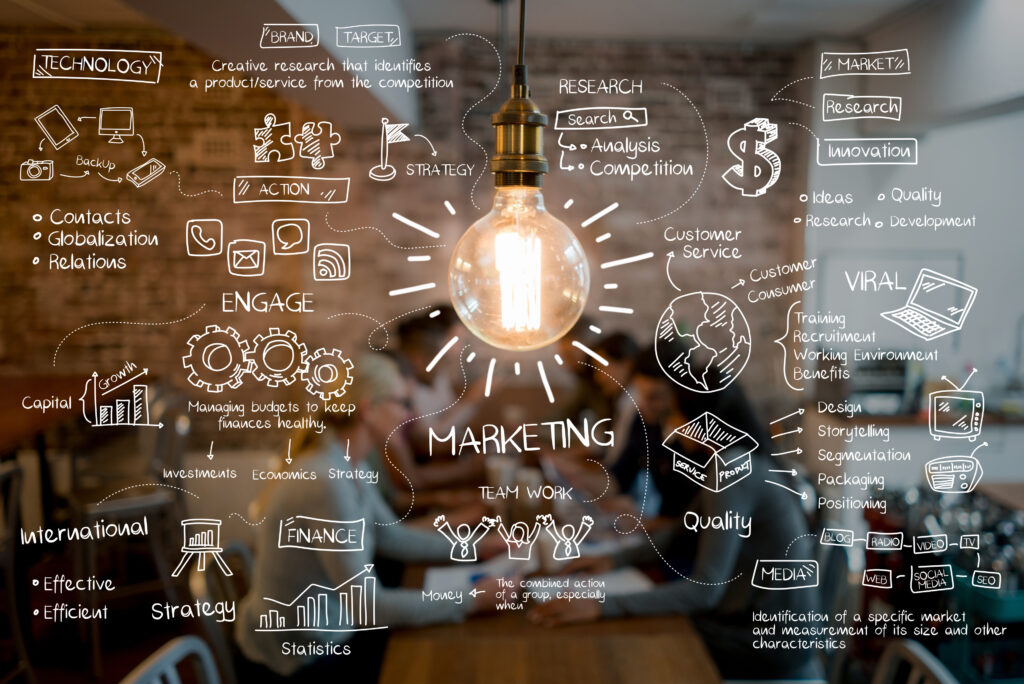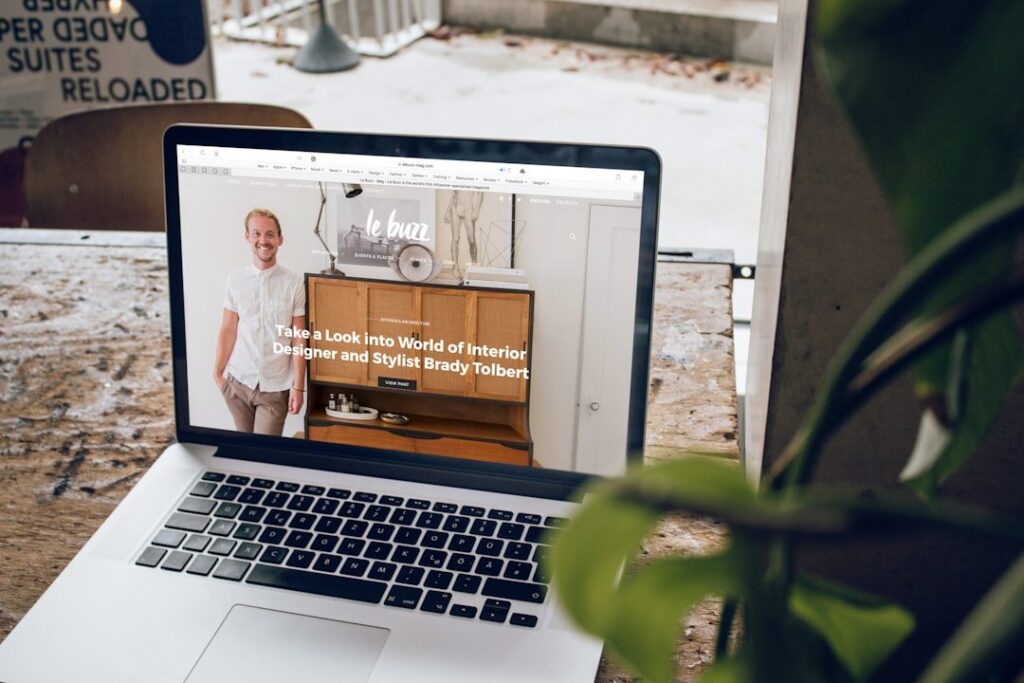Every industry and company prioritizes channels differently, but in B2B, paid and earned media remain a crucial lever for demand generation, brand awareness, and pipeline acceleration. However, with increasing competition, shifting buyer behaviors, and rising ad costs, refining your approach is more important than ever.
Set Clear Business Objectives
Before allocating any budget, define your goals. Are you aiming to generate marketing-qualified leads (MQLs), increase brand awareness, or drive event registrations? Your objectives should align with revenue targets and guide your media mix.
Know Your Ideal Customer Profile (ICP) and Buying Committee
B2B purchases involve multiple stakeholders. Understanding your ICP and key personas—decision-makers, influencers, and users—helps you craft targeted messaging and select the right platforms. To refine audience segmentation and leverage intent data, first-party CRM insights, and market research.
Choose the Right Paid Media Channels
In 2025, B2B brands must leverage a multi-channel approach and consider the following channels in their strategy:
- LinkedIn Ads: LinkedIn is still the dominant platform for B2B, offering precise targeting by job title, company size, and industry.
- Google Search & Display: Ideal for capturing demand from high-intent searches and increasing brand visibility.
- Meta Ads (Facebook & Instagram): Effective for retargeting and humanizing your brand.
- X (formerly Twitter): Useful for brand awareness and thought leadership engagement.
- YouTube & CTV Ads: Video-based platforms are gaining traction for educating buyers.
- Programmatic & ABM Platforms (e.g., Demandbase, 6sense): Advanced targeting capabilities for reaching specific accounts.
- Reddit & Quora Ads: Niche platforms where technical audiences engage in discussions.
Implement an Account-Based Advertising (ABA) Approach
Traditional lead generation is fading in favor of account-based strategies. Leverage ABA tactics to serve personalized ads to key accounts based on their buying stage. Platforms like LinkedIn Matched Audiences, Google Customer Match, and ABM platforms allow for precision targeting.
Optimize Your Creative and Messaging
In B2B, creativity matters. A key focus area should be on a creative mix of formats:
- Short-form video ads: Buyers prefer digestible, engaging content.
- Conversational ad formats: Interactive ad experiences (e.g., LinkedIn Conversation Ads, chatbot-driven landing pages).
- Value-driven messaging: Speak to business pain points, be relatable, and do not just talk about product features.
- Social proof and case studies: Decision-makers trust peer recommendations and real-world results. Encourage and empower your employees to be brand champions by posting, sharing, liking, and commenting on your company’s posts. Engage customers to gather testimonials and post often.
Focus on First-Party Data and Retargeting
With increasing privacy regulations (GDPR, CCPA) and the deprecation of third-party cookies, first-party data is your most valuable asset. Build robust CRM-based audiences and use retargeting to nurture prospects through the funnel. Google’s Privacy Sandbox and LinkedIn’s Enhanced Conversions are shaping the next phase of targeting.
Optimize for Pipeline and Revenue, Not Just Leads
Vanity metrics (CTR, impressions) are no longer sufficient. Try tracking metrics that can move the needle:
- Cost per Pipeline Opportunity (CPO)
- Pipeline-to-Revenue Attribution
- Sales Cycle Acceleration
- Multi-Touch Attribution (MTA) Models
- Customer Lifetime Value (LTV)
Ensure your CRM and marketing automation systems are integrated to map paid media performance to actual revenue.
Leverage AI and Automation
AI-powered tools are transforming paid media. Explore using:
- Google Performance Max & Smart Bidding for automated optimization.
- ChatGPT & Generative AI for ad copy and personalization at scale.
- AI-driven predictive analytics to identify high-value accounts.
Continuously Test and Iterate
Ad performance is dynamic, requiring continuous experimentation:
- A/B test creative, CTAs, and landing pages.
- Refine audience segmentation based on engagement and conversion data.
- Adjust budget allocation towards high-performing channels.
Align Sales and Marketing for Maximum Impact
Paid media is most effective when sales and marketing collaborate. Implement SLAs for lead follow-up, provide sales with ad engagement insights, and ensure messaging consistency across touchpoints.
In 2025, successful B2B paid media strategies will be data-driven, AI-enhanced, and highly targeted. By focusing on first-party data, leveraging multi-channel campaigns, and aligning efforts with revenue goals, B2B marketers can drive meaningful business growth.




